How are cold coffee beverages changing?
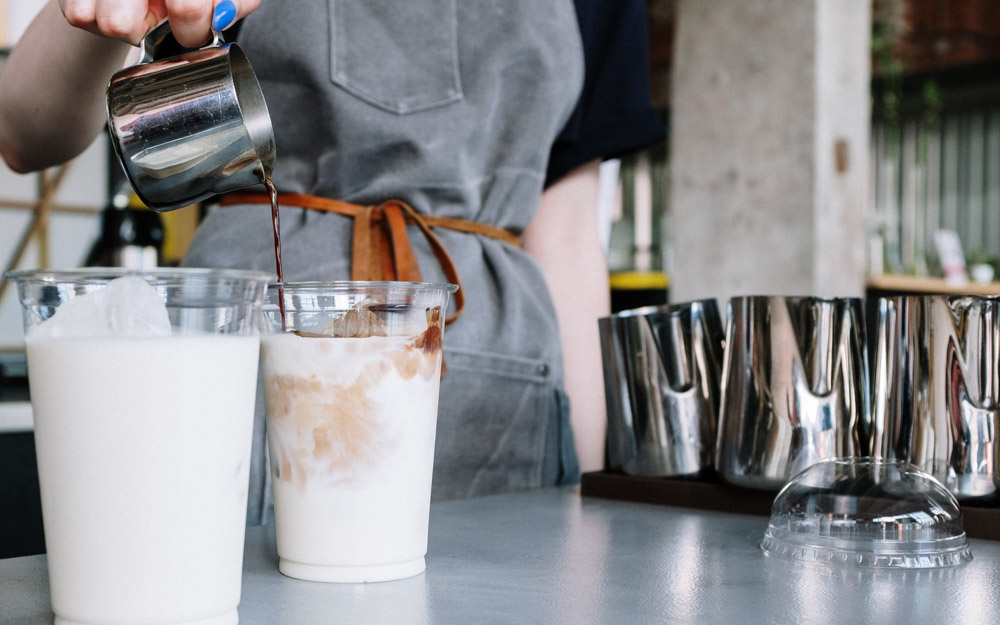
Ten or so years ago, the only cold beverages available on café menus were limited to a number of iced drinks. Fast forward to today and specialty coffee shops around the world now offer a broad range of high-quality cold coffee drinks. These vary from cold brew to nitro to drinks made using coffee concentrate.
Moreover, the diversity of cold coffee beverages is only growing. By 2027, the value of the global cold coffee market is expected to increase by 22% every year to around $1.4 billion.
Given its popularity, it’s clear that innovation and diversification will only continue to grow in the cold specialty coffee beverage market in the coming years. In line with this, it’s vital that coffee shops keep up with emerging trends to cater to a wide range of consumer needs.
To find out more, I spoke with four industry experts. Read on for more of their insight into how cold coffee drinks are evolving.
You may also like our article on how coffee shops can use cold coffee drinks to diversify their menu.
Looking beyond cold brew
Today, when we think of cold coffee drinks, cold brew often comes to mind first. And understandably so given its immense popularity. Today, it’s almost impossible to find a specialty coffee shop which doesn’t serve cold brew.
This is for a number of reasons. As well as being convenient for consumers (and more profitable for businesses), the growing use of higher-quality coffee to prepare cold brew has driven its popularity.
Beyond cold brew, however, cold coffee drinks have been a staple of coffee culture around the world for some time now.
Simon Lewthwaite is the Head of Partnerships at New Ground Coffee in New Zealand.
“Cold coffee is a deep-set tradition the world over – from the Greek freddo to iced americanos in the US,” he says. “So it was only natural for specialty coffee to also continue following this trend.”
Today, cold coffee drinks are some of the most ordered beverages in cafés.
Thomas Blackwall is the Global Head of Coffee at Finlays.
“In August 2021, Starbucks announced that nearly 75% of their US Q3 beverage sales were cold,” he says – indicating just how popular the cold coffee market has become in recent years.
“Cold coffee has gone from a summer drink to a year-round beverage consumed in many different ways,” Simon tells me.
The push for RTD
Stephanie Thornton is the Americas Marketing Manager at Finlays. She explains how the cold coffee market has changed over the past several decades.
“In previous years, suppliers would predominantly provide wholesale clients with highly concentrated coffee extracts to be used as minor ingredients in energy drinks and frappés,” she tells me.
In today’s market, however, she says that cold coffee is sold and packaged as a more “finished product” – with a big focus on ready-to-drink (RTD) cold coffee.
Incredibly popular in Japan in the 1960s (and still today as well), canned coffee paved the way for a more diverse range of RTD coffee options – including bottled and milk-based drinks.
Thomas explains that younger consumers are a big part of increasing global demand for cold RTD coffee beverages.
“Younger coffee drinkers are very selective with their spending, and are also looking for something truly innovative and sustainable, as well as being more health-conscious,” he says.
Stephanie agrees, saying: “We are now seeing millennials and Gen Zs demand new high-quality coffee experiences with RTD drinks.”
Emerging trends with cold coffee beverages
It’s fair to say that the cold coffee beverage segment is one of the most dynamic and exciting markets in specialty coffee, with constant innovation driven by many different consumer trends.
Sian Edwards is the Group Insights Manager at Finlays. She tells me despite rising costs, consumers are still willing to pay for high-quality coffee drinks.
According to Finlays’ 2023 Europe Beverage Trend Report, “selective spending” and “affordable indulgences” are two of the key trends so far this year.
“People are looking for cost-effective ways to treat themselves,” she says, adding that cold and RTD coffee beverages are often popular choices.
Within the market segment, plant milks continue to reign supreme, too. Despite the price of non-dairy milks increasing by up to 14% in the past 12 months, coffee consumers are still opting for them – especially oat milk. In fact, sales of refrigerated oat milk rose by an impressive 37% in 2022 to US $512 million – a figure which likely represents similar growth of oat-based cold coffee drinks, too.
Coffee concentrate
Simon explains that use of coffee concentrate – which he says New Ground Coffee refers to as “boxed coffee” – is growing in the fast-moving cold coffee sector.
Coffee concentrates essentially allow coffee shops and other hospitality businesses to serve a variety of cold coffees drinks much more quickly and efficiently.
“Using automated systems to dispense concentrates allows you to serve a high-quality drink, without always needing an espresso machine or highly-skilled staff,” Simon adds. “Our BIBs (bag-in-box coffees) can be paired with Marco’s POUR’D concentrate system.
“The POUR’D can also dispense hot water,” he continues. This gives users the opportunity to serve a wider range of beverages, such as americanos and tea.
Thomas agrees, saying: “Automated beverage solutions like the POUR’D are suitable for businesses who want to capitalise on cold coffee trends by being able to serve multiple drinks through one integrated system.”
Moreover, concentrates can also be useful additions to coffee cocktails and mocktails. These drinks are becoming increasingly common in specialty coffee shops, largely thanks to competitions such as World Coffee in Good Spirits and Coffee Masters.
But, as well as coffee shops, coffee concentrates are also proving popular among consumers, too.
“Customers want to recreate drinks they have seen in coffee shops or on social media,” Sian explains. “They can customise drinks using different milks and flavourings.”
Canned and RTD coffee
Historically, as well as containing higher levels of sugar, canned coffee has been perceived as lower quality. More recently, however, more and more specialty coffee brands have entered the market – largely thanks to prominent third wave roasters such as:
Stumptown Coffee Roasters
Blue Bottle
La Colombe
In line with this, the quality and diversity of canned coffee has increased in recent years.
“Gone are the days when a one-size-fits-all approach to RTD coffee was acceptable,” Thomas says. “We are now seeing high-quality, unique, and functional coffees with innovative packaging designs and styles becoming increasingly popular.”
How can coffee shops capitalise on these trends?
Although the cold coffee sector is certainly a burgeoning one, specialty coffee brands still need to be savvy when looking to enter or expand in this market.
Simon says that entering the RTD coffee market can be lucrative for many specialty coffee brands – as long as it’s done effectively.
“Adding RTD coffee products to your retail offerings, for at-home customers, or to help your business grow into new areas (such as grocery and fast-moving consumer goods) can be useful – especially if other specialty coffee brands don’t have a large presence there yet,” he explains.
Thomas believes that coffee shops which embrace these emerging trends are likely to reap the rewards. He says the key to successfully adding cold coffee drinks to your menu is to offer drinks which are fully customisable and easy to serve.
“The Marco POUR’D system is a great example of how to serve an easily customisable cold coffee drink range, while also having a space-saving delivery system that is easy to use and maintain,” he explains.
“Alongside using high-quality coffee concentrate that can be added to different types of milk, or even alcohol, there are multiple possibilities for coffee shop owners,” he adds.
A back-to-basics approach
Although there are many different trends in the cold coffee beverage sector, cold brew is still by far one of the most ordered drinks in cafés. In line with this, business owners need to know how to get the best out of their cold brew offerings.
Traditionally, coffee shops make cold brew by steeping ground coffee in water at low temperatures for hours at a time. Not only can these impede service times, but it can also take up a lot of space.
To resolve any potential issues, coffee shops can optimise cold brew production in several different ways. They can partner with manufacturers and wholesalers to sell cold brew, or choose to prepare smaller quantities on-site using solutions like the Marco ColdBRU concentrate system.
The ColdBRU can produce coffee concentrate in less than three hours, and also extracts an average 30% higher yield. It can also be connected directly to the POUR’D font to dispense either cold brew or coffee concentrate – providing coffee shops with a more consistent and profitable way to serve different cold coffee drinks.
“We are seeing more and more roasters and coffee shops using concentrates to streamline service, or even create their own canned coffee they can sell elsewhere,” Simon tells me.
What’s the future for cold coffee?
The specialty coffee sector is always changing – and the same goes for the cold coffee market. So what trends can we expect in the coming years?
“Nitro coffee, sparkling coffee tonics, and coffee kombuchas are some of the drinks we could see gain market share in the future,” Sian says. “Demand for more exciting and experiential beverages is growing, as consumers want something different with their coffee.”
As convenience still remains key to the coffee consumer experience, Simon tells me more opportunities may start to open up for cold coffee beverages.
“There is space in the travel, adventure, and outdoor markets,” he adds.
Health & functional beverages
Sian says that consumers’ focus on health and wellbeing is also likely to persist over the next few years.
“People are looking for ‘clean’ labels and products with functional benefits, such as added protein, vitamins, and nootropics,” she says. “However, these drinks can’t compromise on taste, and also need to have exciting new flavours and formats.”
Going forward, catering to consumers’ needs in terms of different flavours and sensory experiences for cold coffee drinks is essential. This can range from using different origins or processing methods to prepare cold brew to offering a range of flavourings or syrups to drinks.
We’ve seen something of a cold coffee revolution over the last few years, and it shows no signs of slowing down. Looking ahead, consumers are still seeking more unique and experiential coffee cold drinks, as well as demanding high-quality options.
By meeting these demands and keeping tabs on upcoming trends, coffee shops can successfully capitalise on this seemingly ever-growing market segment.
Enjoyed this? Then read our article on how coffee shops can use coffee concentrate.
Photo credits: Sam Gillespie, Taller Stories
Perfect Daily Grind
Please note: Marco Beverage Systems is a sponsor of Perfect Daily Grind.
Want to read more articles like this? Sign up for our newsletter!
The post How are cold coffee beverages changing? appeared first on Perfect Daily Grind.
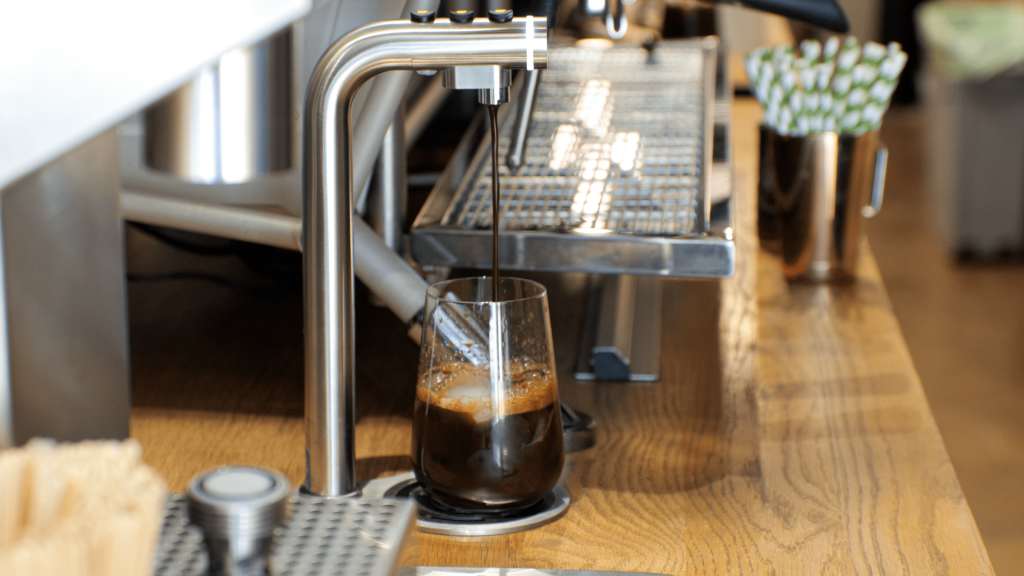
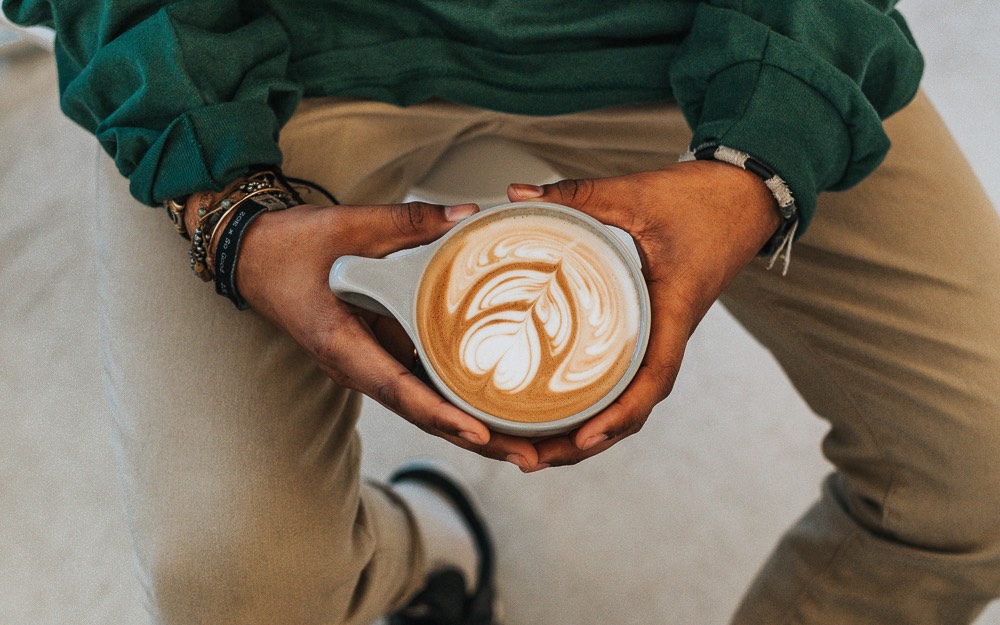
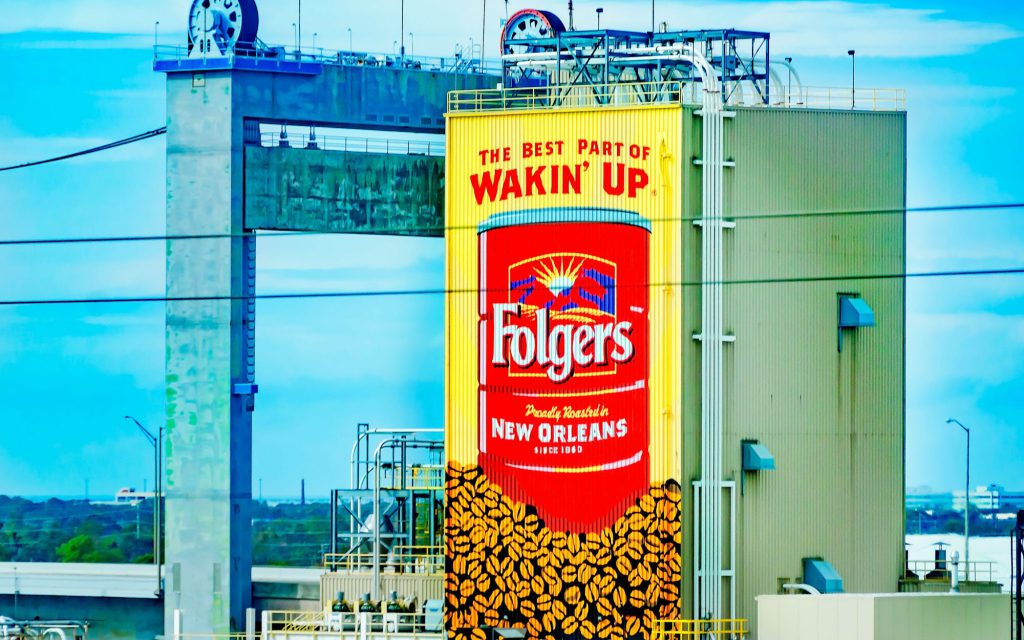
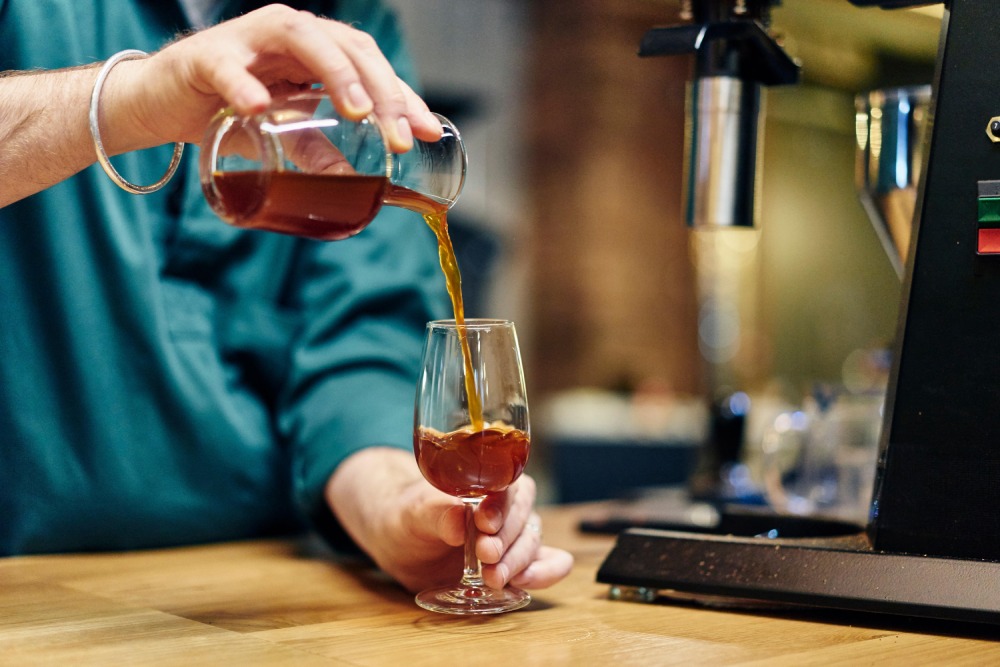
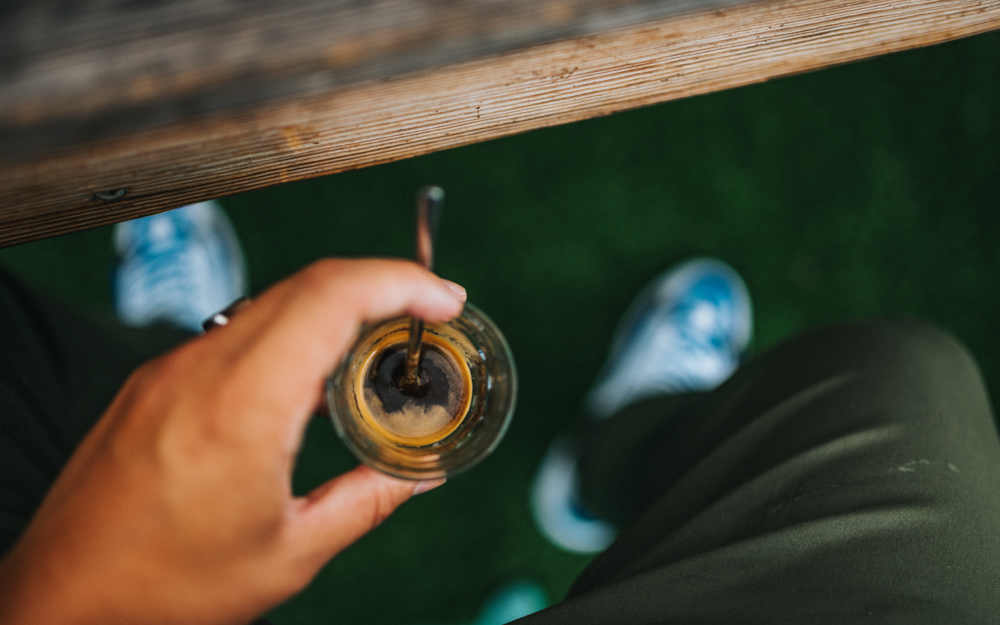
Responses